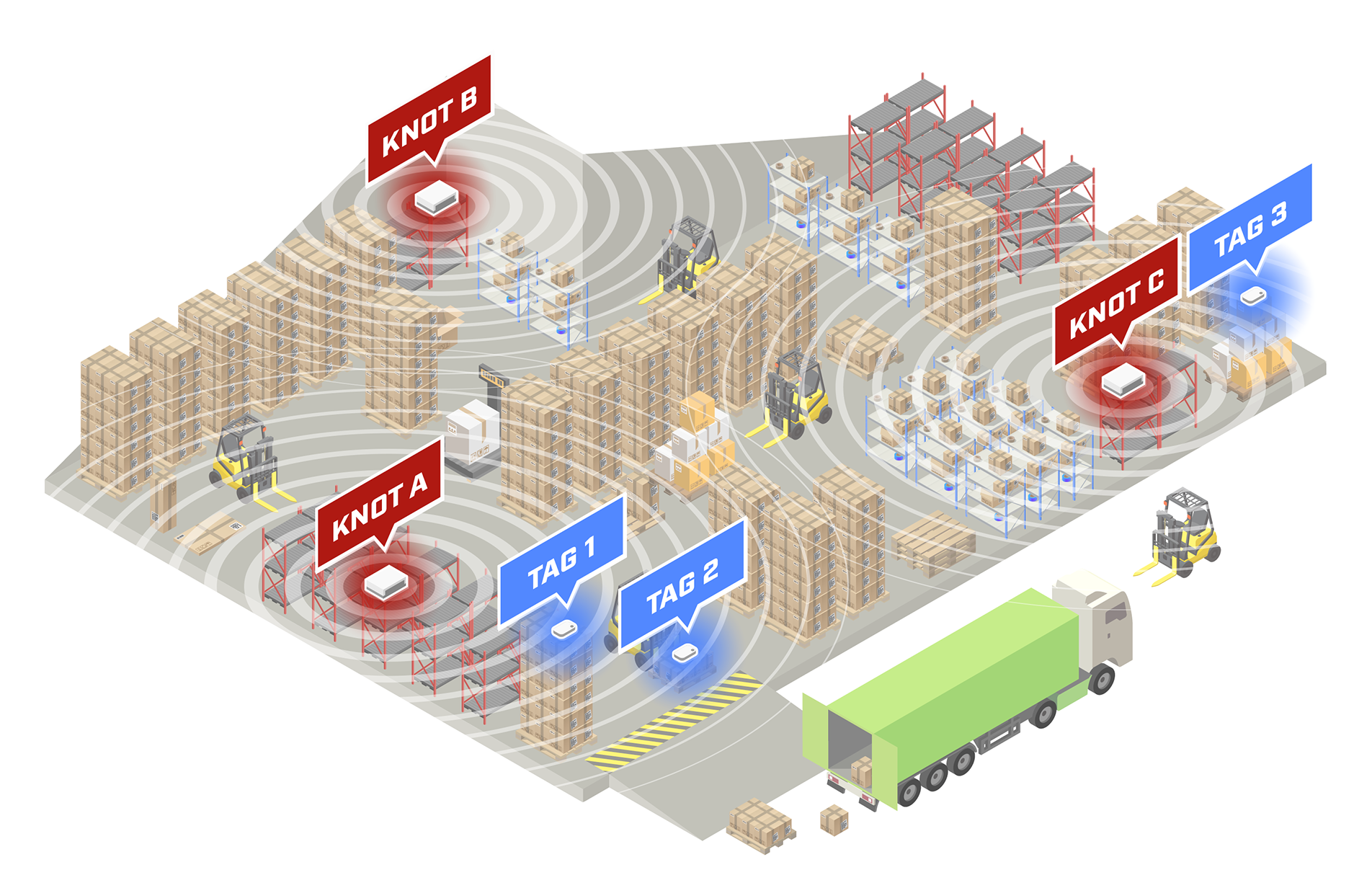...
Additionally, the script we've prepared allows you to set up a filter (that will be shown later on), which will make the KNOT ignore the payloads that the scanner captures unless the signal strength (RSSI) is stronger than the specified value. In the Bluetooth scanner example print shown above under the "Introduction" section, we can see that the KNOT sees one of the tags with an RSSI signal strength of -51 dBm (tag with a MAC address "DC:2C:6E:0F:C0:3D") and the other one with an RSSI signal strength of -49 dBm (tag with a MAC address "2C:C8:1B:4B:BB:0A"). So, if we apply a filter to the scriptto ignore all payloads that are received with a signal strength (RSSI) weaker than -50 dBm, our KNOT would report that only tag "2C:C8:1B:4B:BB:0A" is within the Bluetooth range, because its RSSI is -49 dBm, and the second tag (with RSSI -51 dBm) will be ignored.
Bluetooth advertisements
# whose signal strength is stronger than -40dBm. What this means, essentially, is that you can "tweak" the "range" of reception. The actual signal strength will vary between different locations (as mentioned before, because of interference and surrounding materials), so it needs to be tested on sight.
To understand the scenario and the idea behind it better, take a look at the topology shown below :
(a warehouse implementation example):
Let's say you have a warehouse and you wish to track pallets. Just install the KNOTs in different locations
Configuration
| Info |
|---|
This example will showcase access-token and one-way SSL communication via access-token scenarios for simplicity reasons, but you can use other available options as well. |
...

